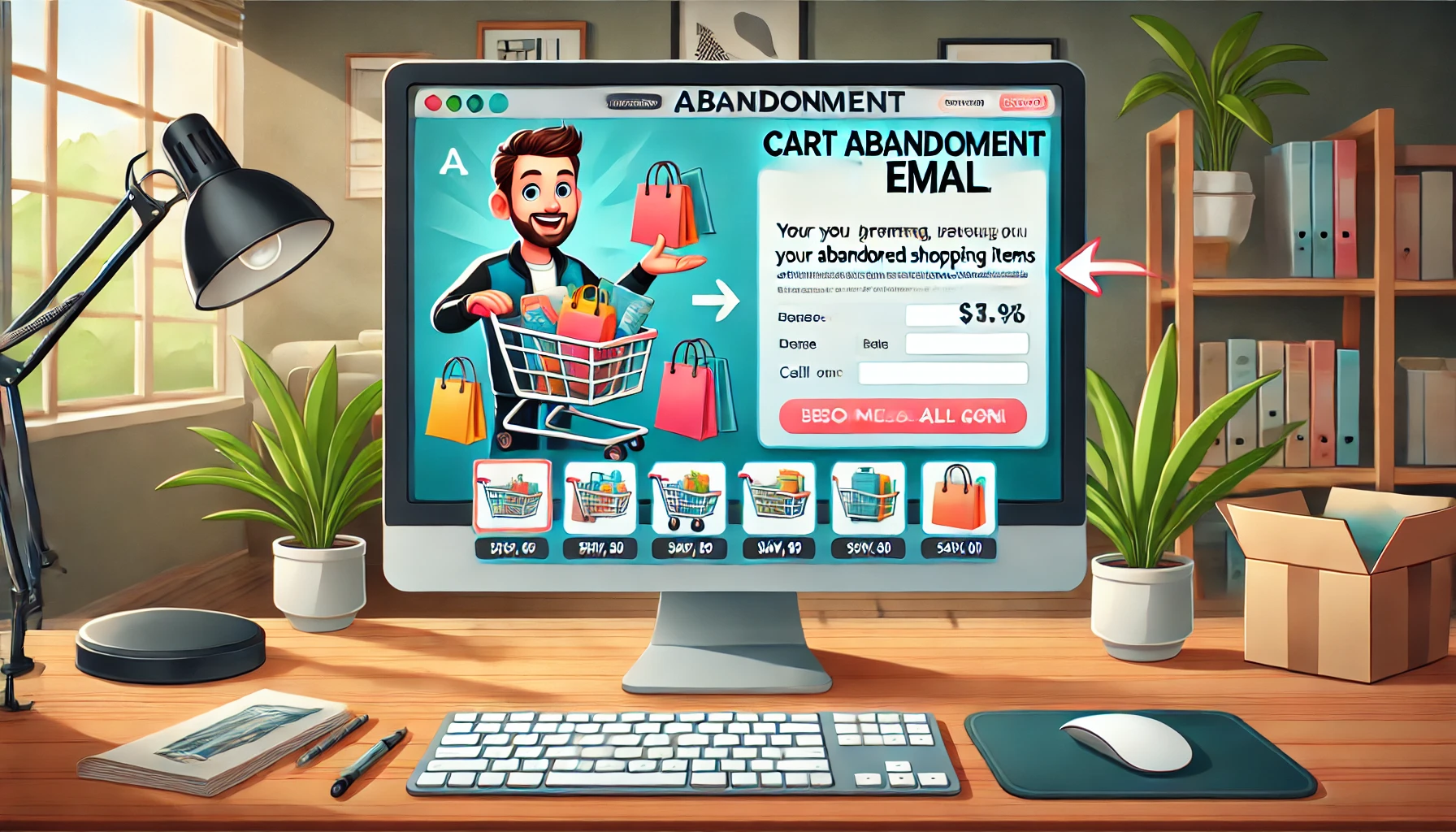There are so many ways to navigate on mobile, but one style we keep seeing is the hamburger menu. As more people use their smartphones for everything, having a website that looks good and works well on smaller screens is very important. It’s tough to keep your site easy to use on a tiny screen, but trust me, it’s totally worth the effort.
So, what’s a hamburger menu anyway? It’s a little button with three stacked lines that hides your navigation options. When users tap or hover over this button, it reveals all the different parts of your site. It’s very slick because it saves a ton of space, which is perfect for smaller screens.
When to Avoid Using Hamburger Menus
But here’s the catch: hiding your menu like this isn’t always the best move. It might seem neat to keep things out of the way, but this can actually make it harder for visitors to find what they need. The team at Nielson Norman Group found that hiding your main navigation can seriously cut down how often people find your pages. It takes them longer to navigate on your site, and they might even think it’s more difficult than it really is.
When your menu items are tucked away, visitors have to jump through an extra hoop just to see what you offer, which can be annoying. If you keep your key pages visible right off the bat, there’s a better chance visitors will click through. This not only boosts traffic but can also ramp up your conversions. On bigger screens like desktops, laptops, and tablets, you’ve got enough space to spread out your navigation, so hiding it isn’t necessary at all.
Sure, It Looks Great Without Visible Navigation!
Even though that tiny button might look cool, it can actually be a pain for your users. It’s often hard to spot and annoying to use. Think about it: every time someone wants to explore a new section of your site, they have to tap that little menu. And let’s be real, the easier and quicker it is to navigate, the happier your visitors will be.
Plus, not everyone gets that those three little lines mean ‘menu.’ It’s not as obvious as an ‘X’ for closing or a dash for minimizing. According to a study by Nielson Norman Group, while the search icon (you know, the magnifying glass) is instantly recognizable, the hamburger menu icon… not so much.
And it’s not just theory. Real-world data backs this up. Tech Crunch reported that Spotify saw a whopping 30% jump in navigation interactions when they ditched their hamburger menu for a bottom toolbar back in 2016.
When It’s Appropriate to Use
When might hiding your menu be okay, though? If your menu’s packed with more than five items, tucking them away might make sense to keep things tidy on small screens. But, don’t just stick with one type of navigation. Mixing it up can work wonders.
For example, why not highlight your top 1-4 pages with clear buttons alongside your hamburger menu? Or, spice up that menu icon—research from Sites for Profit found that simply replacing the bars with the word “MENU” can boost clicks by 20%. Our web design service team use both these strategies to keep our site looking sharp and easy to navigate, even on the smallest screens.












